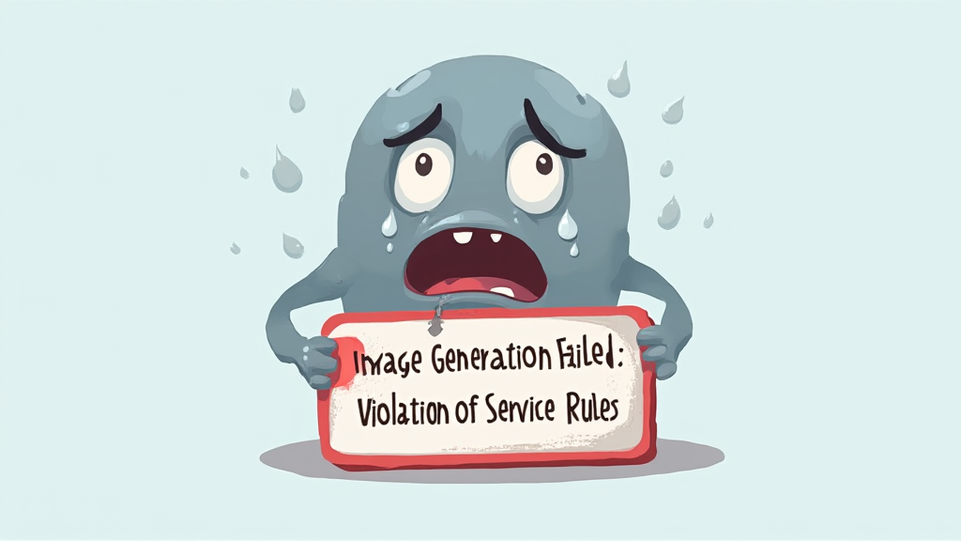Navigating the Stock Market Rollercoaster: Tips for Investors
What Causes Market Fluctuations?
Market fluctuayions are primarily driven by supply and demand dynamics. When investor sentiment shifts, it can lead to rapid price changes . This is often influenced by economic indicators, such as employment rates and inflation. These indicators provide insight into the overall health of the economy. Understanding these factors is crucial for informed decision-making. Market psychology plays a significant role as well. Fear and greed can lead to irrational trading behaviors. It’s essential to remain level-headed.
The Impact of Economic Indicators
Economic indicators significantly influence market trends and investor behavior. For instance, rising unemployment rates typically signal economic distress. This can lead to decreased consumer spending and lower corporate profits. Consequently, stock prices may decline. Additionally, inflation rates provide insight into purchasing power. High inflation often erodes savings and can prompt central banks to adjust interest rates. Such adjustments can create volatility in financial markets. Investors must stay informed. Understanding these indicators is vital for strategic planning.
Investment Strategies for Uncertain Times
Diversification: Spreading Your Risk
Diversification is a fundamental strategy for managing investment risk. By spreading investments across various asset classes, an investor can mitigate potential losses. This approach reduces the impact of poor performance in any single investment. For example, combining stocks, bonds, and real estate can create a balanced portfolio. Each asset class reacts differently to market conditions. Therefore, diversification can enhance overall returns while minimizing volatility. Investors should regularly assess their portfolios. A well-diversified portfolio is essential for long-full term success.
Long-Term vs. Short-Term Investing
Long-term investing focuses on building wealth over time. This strategy typically involves holding assets for several years or decades. By doing so, investors can benefit from compound growth and market recovery. In contrast, short-term investing aims for quick profits. This approach often requires active trading and a keen understanding of market trends. While it can yield immediate returns, it also carries higher risks. Investors must carefully consider their financial goals. A balanced approach can be beneficial.
Emotional Resilience in Investing
Recognizing Emotional Triggers
Recognizing emotional triggers is crucial for effective onvesting. Emotional responses can lead to impulsive decisions, often resulting in financial losses. For instance, fear during market downturns may prompt hasty selling. This reaction can undermine long-term investment strategies. Conversely, excessive greed during market highs can lead to overexposure. Investors should develop self-awareness to identify these triggers. Maintaining a disciplined approach is essential. A calm mindset fosters better decision-making. Understanding emotions can enhance investment outcomes.
Developing a Strong Investment Mindset
Developing a strong investment mindset is essential for success. This mindset involves a commitment to continuous learning and adaptability. Investors must analyze market trends and adjust strategies accordingly. Emotional discipline plays a critical role in this process. It helps prevent impulsive decisions driven by fear or greed. Establishing clear investment goals can provide direction. A focused approach fosters resilience during market fluctuations. Investors should regularly review their performance. Consistent evaluation leads to informed adjustments.
Utilizing Technical Analysis
Understanding Charts and Trends
Understanding charts and trends is vital for effective investing. He can identify patterns that indicate potential price movements. Technical analysis relies on historical data to forecast future trends. This method uses various indicators, such as moving averages and volume. By analyzing these elements, he can make informed decisions. Recognizing support and resistance levels is crucial. These levels help determine entry and exit points. A solid grasp of charting techniques enhances investment strategies. Knowledge is power in the financial markets.
Key Indicators to Watch
Key indicators are essential for effective technical analysis. Investors should monitor the following:
These indicators provide valuable insights into market behavior. Understanding them can enhance decision-making. Knowledge is crucial for successful investing.
The Role of Fundamental Analysis
Evaluating Company Performance
Evaluating company performance is crucial for informed investment decisions. He should analyze key financial metrics, such as earnings per share (EPS) and return on equity (ROE). These indicators provide insight into profitability and efficiency. Additionally, examining revenue growth trends can reveal a company’s market position. Understanding debt levels is also important, as high leverage can increase risk. A comprehensive analysis includes assessing management effectiveness. Knowledge is essential for successful investing.
Market Sentiment and Its Influence
Market sentiment significantly influences investment decisions. He should consider various factors that shape this sentiment, including economic news, earnings reports, and geopolitical events. Positive news can drive stock prices up, while negative news may lead to declines. Key indicators of market sentiment include:
Understanding these indicators helps gauge market psychology. Awareness is crucial for strategic planning. Emotions can sway market movements.
Staying Informed and Educated
Resources for Continuous Learning
Continuous learning is essential for successful investing. He should utilize various resources to stay informed. Online courses and webinars provide valuable insights into market trends. Financial news platforms offer real-time updates and analysis. Additionally, books by reputable authors can deepen his understanding of investment strategies. Engaging in investment forums allows for knowledge exchange with peers. Regularly following expert blogs can also enhance his perspective. Knowledge is power in the financial world. Staying updated is crucial for making informed decisions.
Networking with Other Investors
Networking with other investors is a valuable strategy for growth. By engaging with peers, he can exchange insights and experiences. This collaboration often leads to new investment opportunities. Additionally, attending industry conferences can enhance his knowledge base. These events provide access to expert speakers and workshops. Participating in online forums also fosters connections with ilk-minded individuals. Sharing strategies can lead to better decision-making. Building a strong network is essential for success. Knowledge shared is knowledge gained.
